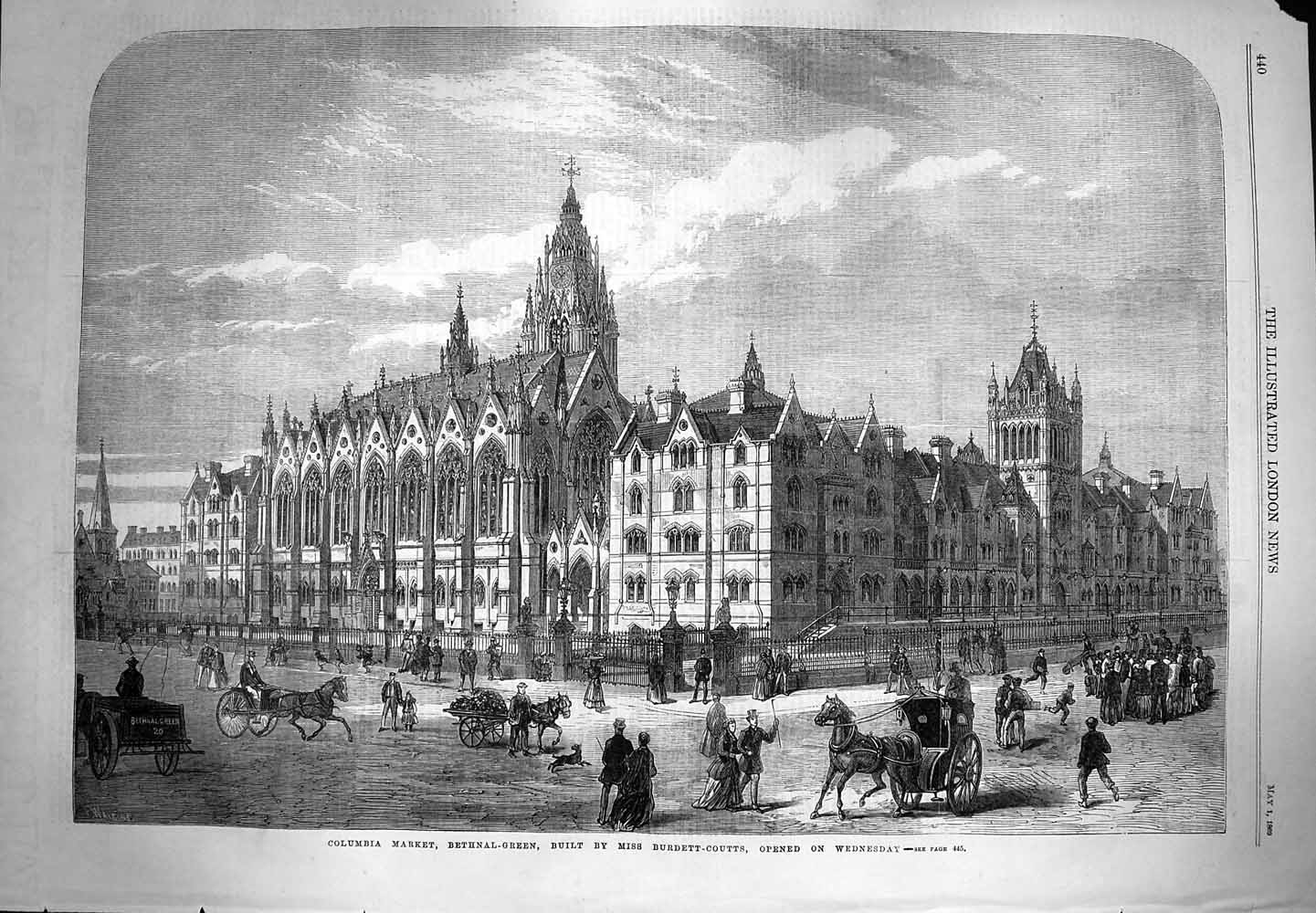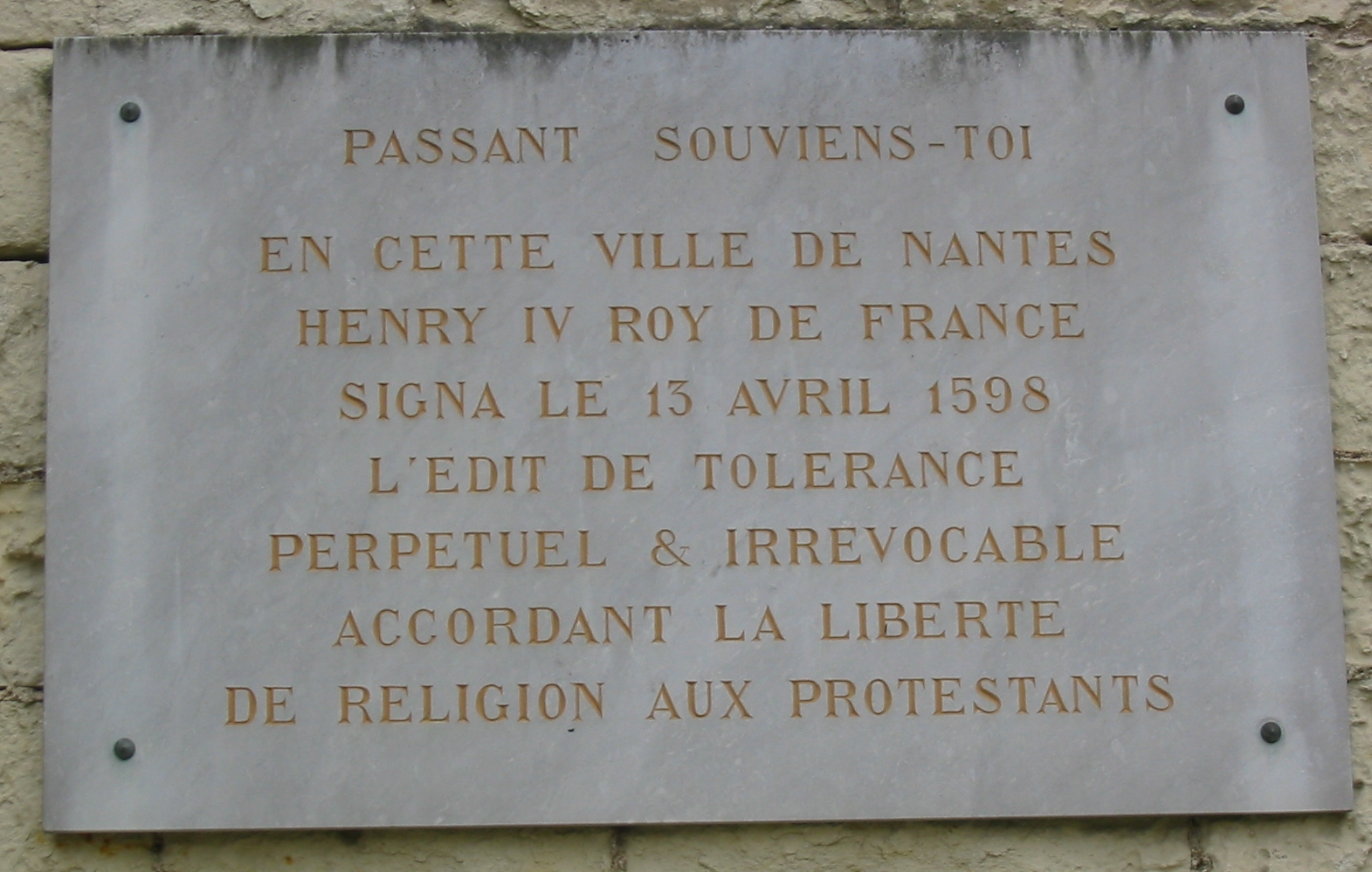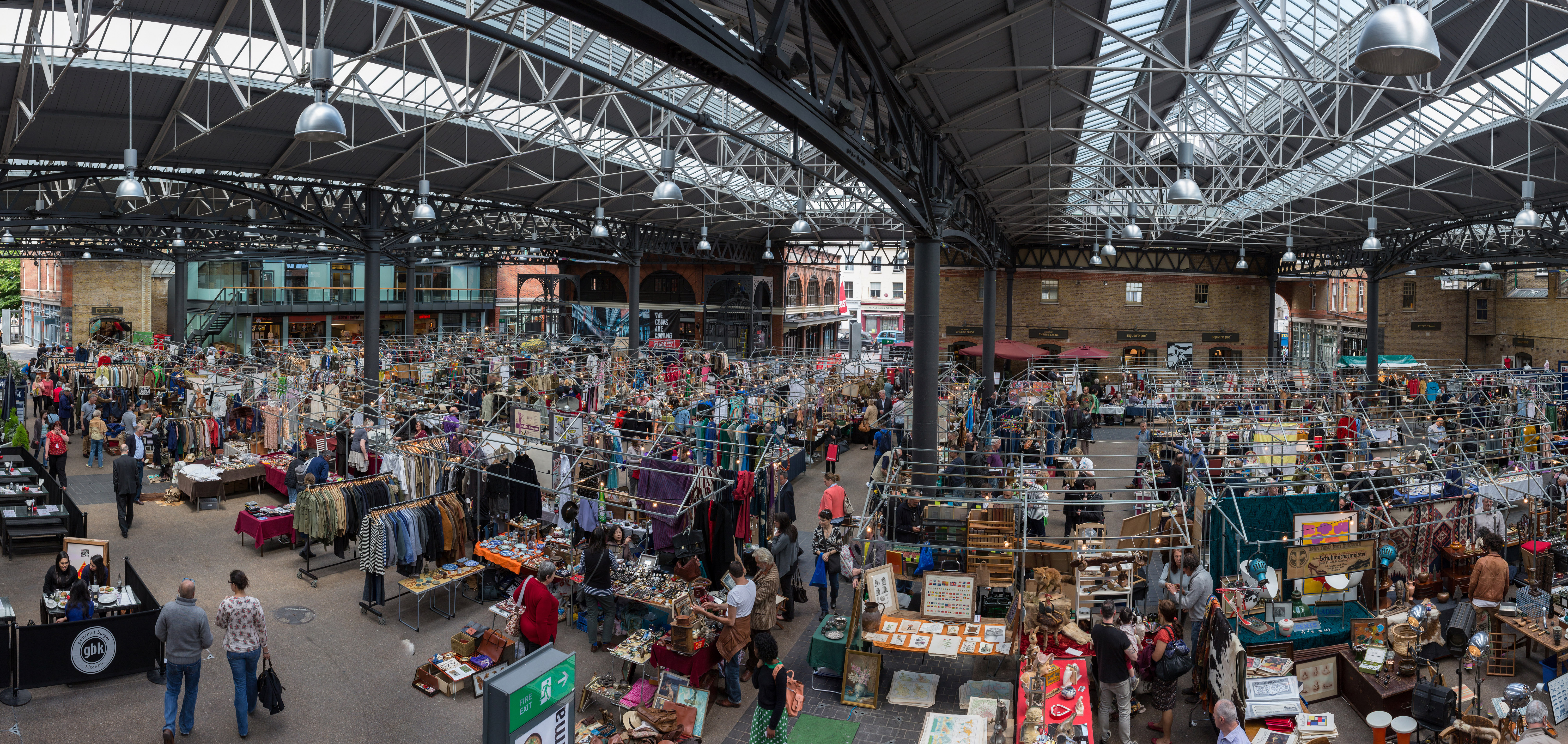|
Columbia Road Flower Market
Columbia Road Flower Market is a street market in Bethnal Green in London, England. Columbia Road is a road of Victorian shops situated off Hackney Road in the London Borough of Tower Hamlets. The market is open on Sundays only. History Columbia Market was built upon an area known as ''Nova Scotia Gardens''. This had been a brick field, north-east of St Leonard's, Shoreditch; the brick clay had been exhausted and the area begun to be filled in with waste (''leystall''). Cottages (probably evolving from sheds, serving the gardens), came to be built here, but were undesirable as they remained below ground level, and so were prone to flooding. ;London Burkers In July 1830, John Bishop and Thomas Williams rented no. 3 Nova Scotia Garden, from a Sarah Trueby. Together with Michael Shields, a Covent Garden porter, and James May, also known as ''Jack Stirabout'' and ''Black Eyed Jack'', they formed a notorious gang of Resurrection men, stealing freshly buried bodies for sale to ana ... [...More Info...] [...Related Items...] OR: [Wikipedia] [Google] [Baidu] |
Bethnal Green
Bethnal Green is an area in the East End of London northeast of Charing Cross. The area emerged from the small settlement which developed around the common land, Green, much of which survives today as Bethnal Green Gardens, beside Cambridge Heath Road. By the 16th century the term applied to a wider rural area, the ''Hamlet of Bethnal Green'', which subsequently became a Parish, then a Metropolitan Borough of Bethnal Green, Metropolitan Borough before merging with neighbouring areas to become the north-western part of the new London Borough of Tower Hamlets. Economic focus shifted from mainstream farming produce for the City of London – through highly perishable goods production (market gardening), weaving, dock and building work and light industry – to a high proportion of commuters to city businesses, public sector/care sector roles, construction, courier businesses and home-working digital and creative industries. Slum clearance in the United Kingdom, Identifiable ... [...More Info...] [...Related Items...] OR: [Wikipedia] [Google] [Baidu] |
William Burdett-Coutts
William Lehman Ashmead Bartlett Burdett-Coutts (20 January 1851 – 28 July 1921), born William Lehman Ashmead-Bartlett, was an American-born British Conservative politician and social climber who sat in the House of Commons from 1885 to 1921. Life Ashmead-Bartlett was born in New Brunswick, New Jersey, United States, the son of Ellis Bartlett of Plymouth, Massachusetts, United States, and his wife Sophia Ashmead, daughter of John King Ashmead of Philadelphia. All his grandparents were British subjects and he was the younger brother of Ellis Ashmead-Bartlett. After his father's death in 1852 the family moved to England, and he was educated at Torquay and at Cholmeley's School, Highgate. He entered Keble College, Oxford in 1870 with a 1st Scholarship, graduating in 1875 with a BA ( MA 1876). Ashmead-Bartlett was secretary to the philanthropist Baroness Burdett-Coutts. He owned the Columbia Market (built in 1869 by Baroness Burdett-Coutts), and in connection with this, he b ... [...More Info...] [...Related Items...] OR: [Wikipedia] [Google] [Baidu] |
World War II
World War II or the Second World War, often abbreviated as WWII or WW2, was a world war that lasted from 1939 to 1945. It involved the vast majority of the world's countries—including all of the great powers—forming two opposing military alliances: the Allies and the Axis powers. World War II was a total war that directly involved more than 100 million personnel from more than 30 countries. The major participants in the war threw their entire economic, industrial, and scientific capabilities behind the war effort, blurring the distinction between civilian and military resources. Aircraft played a major role in the conflict, enabling the strategic bombing of population centres and deploying the only two nuclear weapons ever used in war. World War II was by far the deadliest conflict in human history; it resulted in 70 to 85 million fatalities, mostly among civilians. Tens of millions died due to genocides (including the Holocaust), starvation, ma ... [...More Info...] [...Related Items...] OR: [Wikipedia] [Google] [Baidu] |
Edict Of Fontainebleau
The Edict of Fontainebleau (22 October 1685) was an edict issued by French King Louis XIV and is also known as the Revocation of the Edict of Nantes. The Edict of Nantes (1598) had granted Huguenots the right to practice their religion without state persecution. Protestants had lost their independence in places of refuge under Cardinal Richelieu on account of their supposed insubordination, but they continued to live in comparative security and political contentment. From the outset, religious toleration in France had been a royal, rather than popular, policy. The lack of universal adherence to his religion did not sit well with Louis XIV's vision of perfected autocracy.Palmer, ''eo. loc.'' Edict of Nantes The Edict of Nantes had been issued on 13 April 1598 by Henry IV of France and granted the Calvinist Protestants of France, also known as Huguenots, substantial rights in the predominantly-Catholic state. Henry aimed at promoting civil unity by the edict. The edict treated ... [...More Info...] [...Related Items...] OR: [Wikipedia] [Google] [Baidu] |
Huguenot
The Huguenots ( , also , ) were a religious group of French Protestants who held to the Reformed, or Calvinist, tradition of Protestantism. The term, which may be derived from the name of a Swiss political leader, the Genevan burgomaster Bezanson Hugues (1491–1532?), was in common use by the mid-16th century. ''Huguenot'' was frequently used in reference to those of the Reformed Church of France from the time of the Protestant Reformation. By contrast, the Protestant populations of eastern France, in Alsace, Moselle, and Montbéliard, were mainly Lutherans. In his ''Encyclopedia of Protestantism'', Hans Hillerbrand wrote that on the eve of the St. Bartholomew's Day massacre in 1572, the Huguenot community made up as much as 10% of the French population. By 1600, it had declined to 7–8%, and was reduced further late in the century after the return of persecution under Louis XIV, who instituted the '' dragonnades'' to forcibly convert Protestants, and then finally revoke ... [...More Info...] [...Related Items...] OR: [Wikipedia] [Google] [Baidu] |
East End
The East End of London, often referred to within the London area simply as the East End, is the historic core of wider East London, east of the Roman and medieval walls of the City of London and north of the River Thames. It does not have universally accepted boundaries to the north and east, though the River Lea is sometimes seen as the eastern boundary. Parts of it may be regarded as lying within Central London (though that term too has no precise definition). The term "East of Aldgate Pump" is sometimes used as a synonym for the area. The East End began to emerge in the Middle Ages with initially slow urban growth outside the eastern walls, which later accelerated, especially in the 19th century, to absorb pre-existing settlements. The first known written record of the East End as a distinct entity, as opposed to its component parts, comes from John Strype's 1720 ''Survey of London'', which describes London as consisting of four parts: the City of London, Westminster, So ... [...More Info...] [...Related Items...] OR: [Wikipedia] [Google] [Baidu] |
Cut Flowers
Cut flowers are flowers or flower buds (often with some stem and leaf) that have been cut from the plant bearing it. It is usually removed from the plant for decorative use. Typical uses are in vase displays, wreaths and garlands. Many gardeners harvest their own cut flowers from domestic gardens, but there is a significant floral industry for cut flowers in most countries. The plants cropped vary by climate, culture and the level of wealth locally. Often the plants are raised specifically for the purpose, in field or glasshouse growing conditions. Cut flowers can also be harvested from the wild. The cultivation and trade of flowers is a specialization in horticulture, specifically floriculture. Cultivation Cut flower cultivation is intensive, usually on the basis of greenhouse monocultures, and requires large amounts of highly toxic pesticides, residues of which can often still be found in flower shops on imported flowers. These facts have spurred the development of movem ... [...More Info...] [...Related Items...] OR: [Wikipedia] [Google] [Baidu] |
Old Spitalfields Market
Old Spitalfields Market is a covered market in Spitalfields, London. There has been a market on the site for over 350 years. In 1991 it gave its name to New Spitalfields Market in Leyton, where fruit and vegetables are now traded. In 2005, a regeneration programme resulted in the new public spaces: Bishops Square and Crispin Place, which are now part of the modern Spitalfields Market. A range of public markets runs daily, with independent local stores and restaurants - as well as new office developments. It is situated in the London Borough of Tower Hamlets, just outside the City of London. The closest London Underground and mainline railway station is Liverpool Street. Historic market There has been a market on the site since 1638 when King Charles I gave a licence for flesh, fowl and roots to be sold on Spittle Fields, which was then a rural area on the eastern outskirts of London. After the rights to a market had seemingly lapsed during the time of the Commonwealth, the m ... [...More Info...] [...Related Items...] OR: [Wikipedia] [Google] [Baidu] |
Covent Garden
Covent Garden is a district in London, on the eastern fringes of the West End, between St Martin's Lane and Drury Lane. It is associated with the former fruit-and-vegetable market in the central square, now a popular shopping and tourist site, and with the Royal Opera House, itself known as "Covent Garden". The district is divided by the main thoroughfare of Long Acre, north of which is given over to independent shops centred on Neal's Yard and Seven Dials, while the south contains the central square with its street performers and most of the historical buildings, theatres and entertainment facilities, including the London Transport Museum and the Theatre Royal, Drury Lane. The area was fields until briefly settled in the 7th century when it became the heart of the Anglo-Saxon trading town of Lundenwic, then abandoned at the end of the 9th century after which it returned to fields. By 1200 part of it had been walled off by the Abbot of Westminster Abbey for use as arable l ... [...More Info...] [...Related Items...] OR: [Wikipedia] [Google] [Baidu] |
Jewish
Jews ( he, יְהוּדִים, , ) or Jewish people are an ethnoreligious group and nation originating from the Israelites Israelite origins and kingdom: "The first act in the long drama of Jewish history is the age of the Israelites""The people of the Kingdom of Israel and the ethnic and religious group known as the Jewish people that descended from them have been subjected to a number of forced migrations in their history" and Hebrews of historical History of ancient Israel and Judah, Israel and Judah. Jewish ethnicity, nationhood, and religion are strongly interrelated, "Historically, the religious and ethnic dimensions of Jewish identity have been closely interwoven. In fact, so closely bound are they, that the traditional Jewish lexicon hardly distinguishes between the two concepts. Jewish religious practice, by definition, was observed exclusively by the Jewish people, and notions of Jewish peoplehood, nation, and community were suffused with faith in the Jewish God, ... [...More Info...] [...Related Items...] OR: [Wikipedia] [Google] [Baidu] |
Act Of Parliament
Acts of Parliament, sometimes referred to as primary legislation, are texts of law passed by the Legislature, legislative body of a jurisdiction (often a parliament or council). In most countries with a parliamentary system of government, acts of parliament begin as a Bill (law), bill, which the legislature votes on. Depending on the structure of government, this text may then be subject to assent or approval from the Executive (government), executive branch. Bills A draft act of parliament is known as a Bill (proposed law), bill. In other words, a bill is a proposed law that needs to be discussed in the parliament before it can become a law. In territories with a Westminster system, most bills that have any possibility of becoming law are introduced into parliament by the government. This will usually happen following the publication of a "white paper", setting out the issues and the way in which the proposed new law is intended to deal with them. A bill may also be introduced in ... [...More Info...] [...Related Items...] OR: [Wikipedia] [Google] [Baidu] |
ILN 1869, P
ILN can refer to: * International Lunar Network * International Location Number, see Global Location Number * Wilmington Air Park, formerly known as Airborne Airpark * ''The Illustrated London News ''The Illustrated London News'' appeared first on Saturday 14 May 1842, as the world's first illustrated weekly news magazine. Founded by Herbert Ingram, it appeared weekly until 1971, then less frequently thereafter, and ceased publication i ...'' * International Lawyer's Network {{Disambig ... [...More Info...] [...Related Items...] OR: [Wikipedia] [Google] [Baidu] |








